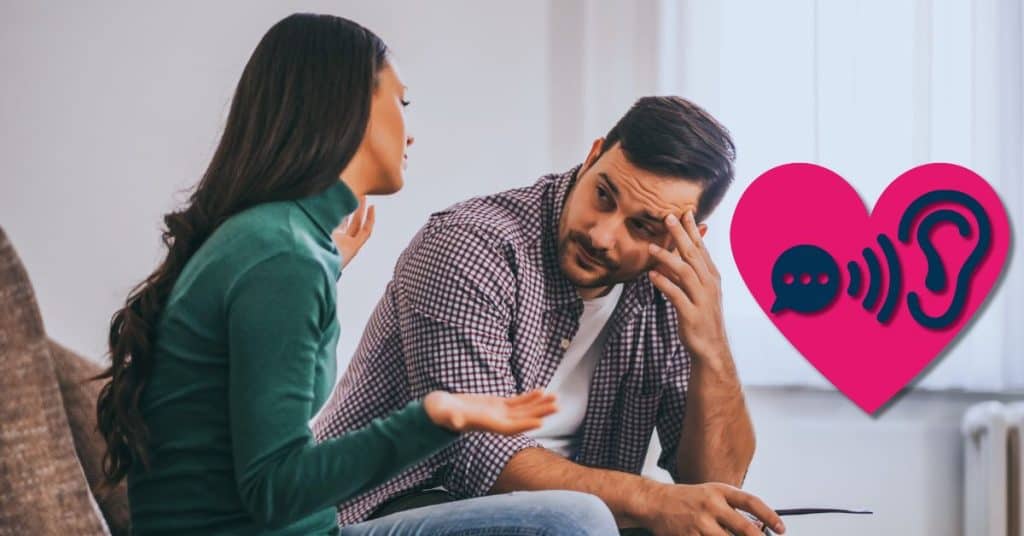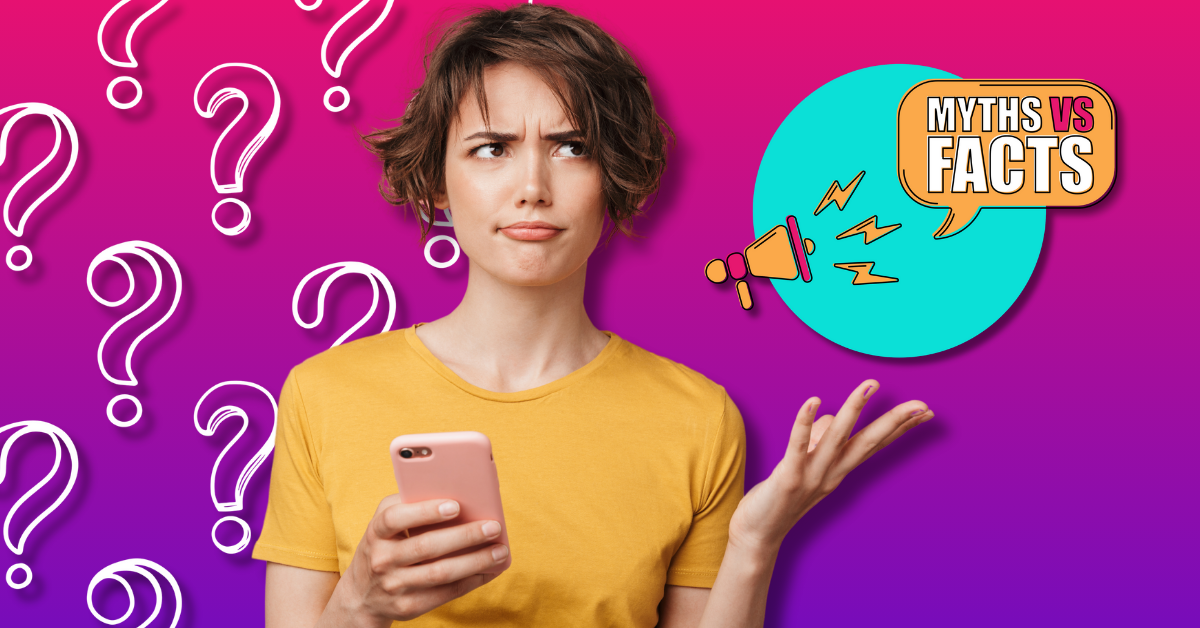My ex and I used to play this fun little game where he would accuse me of not listening to what he said, and I’d immediately recite the last sentence that he’d uttered. Game, set, match!
But looking back, although I’d clearly heard what he’d said, I wasn’t really listening—I was halfway listening and then getting defensive when called out about it. He was right, and although I’ll never admit that to him, I can own up to it here.
Just because you can give a quick summary of what your partner said to you, like a parrot, doesn’t mean you are listening—or even know how to listen. Trust us, there is a huge difference between listening and active listening, and that’s what we are going to talk about today!
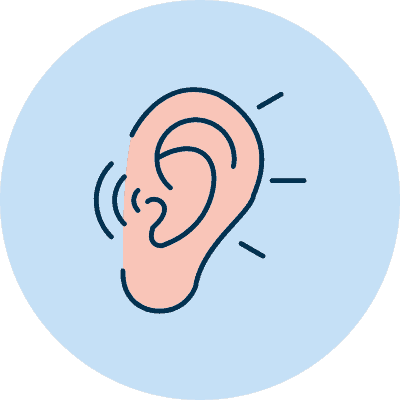
Huh? What is Active Listening?
Look, you may think you are a great listener, but chances are pretty good that you are just planning on what you’re gonna say next, prepping your defense statement if there’s an argument underway, or just waiting for your turn to talk.
And you may not be aware that you are doing it! It’s not like you are setting out to be a bad listener—most people really don’t have active listening skills. They have to be learned and practiced.
So what exactly does active listening entail, you ask? We have the answers for you, and they could really improve your communication with your significant other.
According to Harvard Business Review, “Active listening is when you not only hear what someone is saying, but also attune to their thoughts and feelings. It turns a conversation into an active, non-competitive, two-way interaction.”
Boris Groysberg and Robin Abrahams of Harvard Business School define active listening in terms of three components: cognitive, emotional, and behavioral.
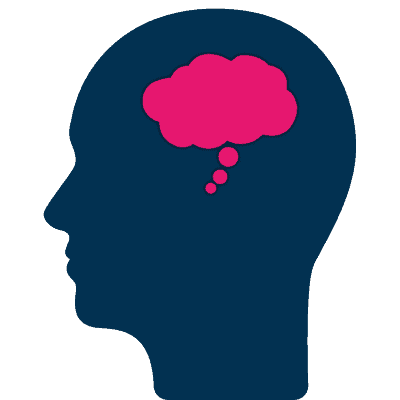
Cognitive
“Paying attention to all the information, both explicit and implicit, that you are receiving from the other person, comprehending, and integrating that information.”
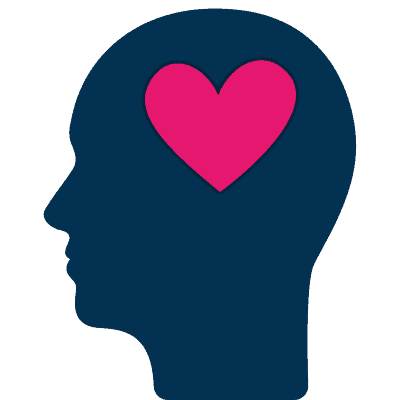
Emotional
“Staying calm and compassionate during the conversation, including managing any emotional reactions (annoyance, boredom) you might experience.”
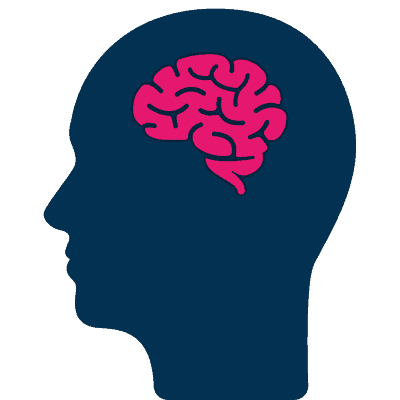
Behavioral
“Conveying interest and comprehension verbally and nonverbally.”
Getting the hang of active listening is an ongoing process, but even small improvements can really improve how effectively you listen! Here’s a quick guide with nine useful tips:
- Echo the last few words said by others: This simple technique is highly effective. It demonstrates you’re listening, helps maintain the flow of the conversation, and offers a moment for both parties to reflect or manage emotional responses.
- Avoid paraphrasing unless necessary: Research shows that repeating words verbatim is effective, even if it feels awkward. Paraphrasing can add unnecessary emotional tension and cognitive strain. Only rephrase to confirm your understanding and clarify that you’re doing so.
- Use natural nonverbal signals of attention: While eye contact, nodding, and attentive posture are helpful, don’t let them distract you from the conversation. If such behaviors aren’t habitual for you, inform people at the start that your responses might be less visible.
- Be mindful of nonverbal signals: Active listening involves tuning into both spoken words and unspoken cues like tone, facial expressions, and body language, which often convey underlying emotions and motives.
- Ask more questions: Asking questions shows you understand the message, makes the other person feel heard, and helps in uncovering little details.
- Reduce distractions: Limit external and internal distractions as much as possible. Prepare mentally for conversations, especially if they might be emotionally charged.
- Admit to any listening challenges: If you anticipate difficulties in listening effectively, whether due to fatigue, unfamiliarity with the subject, or other factors, inform the other person. If you find yourself losing track during the conversation, acknowledge it and ask for repetition.
- Avoid readying your reply while listening: Give yourself a moment after the other person finishes speaking to gather your thoughts. Since thinking is faster than speaking, use the extra cognitive capacity to stay engaged and absorb information.
- Control your emotional responses: If you feel an emotional response, slow down the conversation. Use repetition and focus on your breathing to maintain engagement and avoid reactive or dismissive responses.
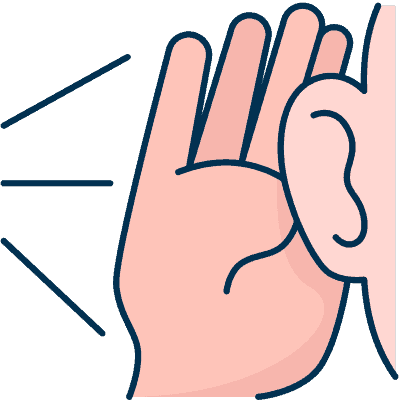
How Does Active Listening Better Communication?
Being a skilled listener enables you to help your partner in exploring their emotions about a specific issue they’re facing. And when you temporarily put aside your own feelings, you increase the likelihood that your romantic partner will be more attentive when it’s your turn to speak.
Think about your listening skills—we mean, really think about them. Why? Well, because there are actually different levels of listening out there, and changing how we use our ears and focus can be a powerful method for effectively communicating in relationships!
Listening Styles
Below, take a look at the various styles of listening (ranging from the least to the most effective) and see where you land on the spectrum. Then, think about what you can do to improve your active listening skills!

Straight-up Ignoring the Talker
It may seem obvious, but communication breaks down when we ignore someone. This is a common experience, exemplified by the recent trend of “phubbing,” which combines ‘phone’ and ‘snubbing.’ If you’ve ever spoken to someone who was more interested in their phone than in your conversation, you’ve been phubbed. This feeling of being ignored arises when the other person doesn’t maintain eye contact or is occupied with other tasks.
When someone feels disregarded in this way, it can harm the relationship.

Biding Your Time Until It’s Your Turn to Chime In
Couples therapists use a phrase for this behavior: “Shoot and load.” It refers to the situation where, during a convo, you’re merely waiting for your turn to give your two cents rather than actually listening to the other person. This approach is slightly better than straight-up ignoring, but it still falls well short of active listening. Focusing on your response while the other person is speaking means you’re not really absorbing their message. Often, this leads to interrupting them to make your point rather than listening to what they have to say. Obviously, this method isn’t very effective for communication.

Paying Attention to the Words
This is a step in the right direction! Showing that you are listening to someone can be done by maintaining eye contact. Nodding as they talk and summarizing their points also helps. This summary gives the speaker an opportunity to confirm or correct your understanding.

Active Listening
The objective of active listening is to create trust and connection. It involves engaging more deeply with the speaker’s message. Active listeners do more than maintain eye contact; they often lean forward and nod. They not only summarize but also reflect on the content (“It sounds like this is an important thing to you”). To show comprehension, they paraphrase the speaker’s words, and an active listener poses questions (“Could you elaborate on that?”) to gain a better understanding of the speaker’s thoughts and feelings.
Takeaways
Now you are armed with the secret weapon to effective communication—active listening! This skill is critical if you want to have better and more authentic relationships with your romantic partners. When we practice active listening, our significant others feel valued and heard, which is paramount for building both trust and empathy.
While it’s not always possible to be a perfect listener in every convo you have, and not all of them require our total focus, making the effort to better our listening skills by applying these techniques can take your communication to a whole new level.
